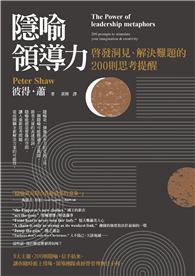This book argues for an important shift in cultural heritage conservation, away from a focus on maintaining the physical fabric of material culture toward the impact that conservation work has on people's lives. In doing so, it challenges the commodification of sacred objects and places by western conservation thought and attempts to decolonize conservation practice. To do so, the authors examine conservation activities at Maori marae--meeting houses--located in the US, Germany, and England and contrasts them with changes in marae conservation in New Zealand. A key case study is the Hinemihi meeting house, transported to England in the 1890s where it was treated as a curiosity by visitors to Clandon Park for over a century, and more recently as a focal point of cultural activity for UK Maori communities. Recent efforts to include various Maori stakeholder communities in the care of this sacred structure is a key example of community based conservation that can be replicated in heritage practice around the world.
| FindBook |
有 1 項符合
Decolonizing Conservation: Caring for Maori Meeting Houses Outside New Zealand的圖書 |
 |
Decolonizing Conservation: Caring for Maori Meeting Houses Outside New Zealand 作者:Sully 出版社:Routledge 出版日期:2007-12-01 語言:英文 規格:精裝 / 272頁 / 22.9 x 16.3 x 1.8 cm / 普通級 |
| 圖書館借閱 |
| 國家圖書館 | 全國圖書書目資訊網 | 國立公共資訊圖書館 | 電子書服務平台 | MetaCat 跨館整合查詢 |
| 臺北市立圖書館 | 新北市立圖書館 | 基隆市公共圖書館 | 桃園市立圖書館 | 新竹縣公共圖書館 |
| 苗栗縣立圖書館 | 臺中市立圖書館 | 彰化縣公共圖書館 | 南投縣文化局 | 雲林縣公共圖書館 |
| 嘉義縣圖書館 | 臺南市立圖書館 | 高雄市立圖書館 | 屏東縣公共圖書館 | 宜蘭縣公共圖書館 |
| 花蓮縣文化局 | 臺東縣文化處 |
|
|
圖書介紹 - 資料來源:博客來 評分:
圖書名稱:Decolonizing Conservation: Caring for Maori Meeting Houses Outside New Zealand
內容簡介
作者簡介
Dean Sully is Lecture in Conservation at University College London Institute of Archaeology and National Trust Advisor for the Conservation of Archaeological Artefacts. He previously served as conservator at the National Heritage Board Singapore, Museum of London, and the British Museum. Sully is author of over 15 articles on conservation topics.
|











